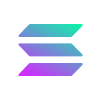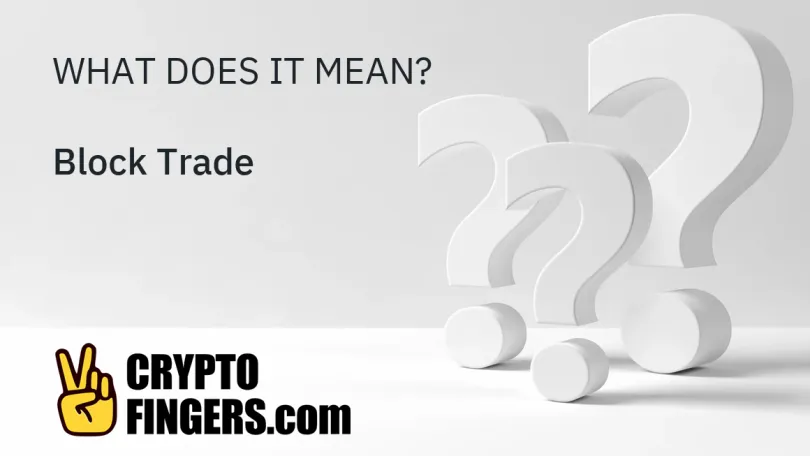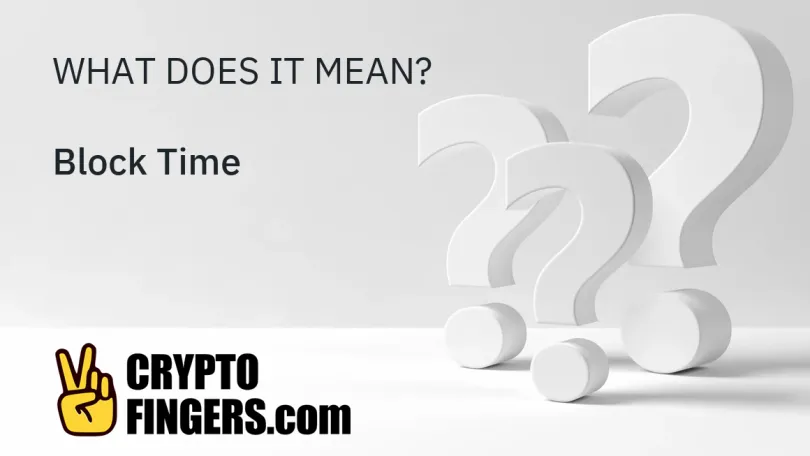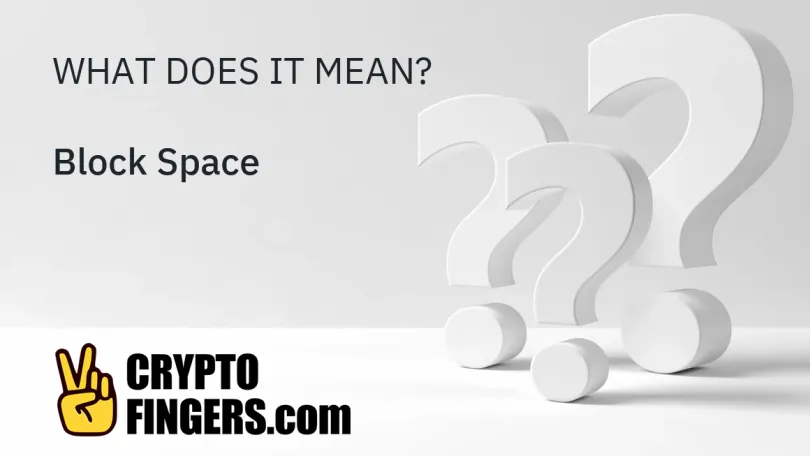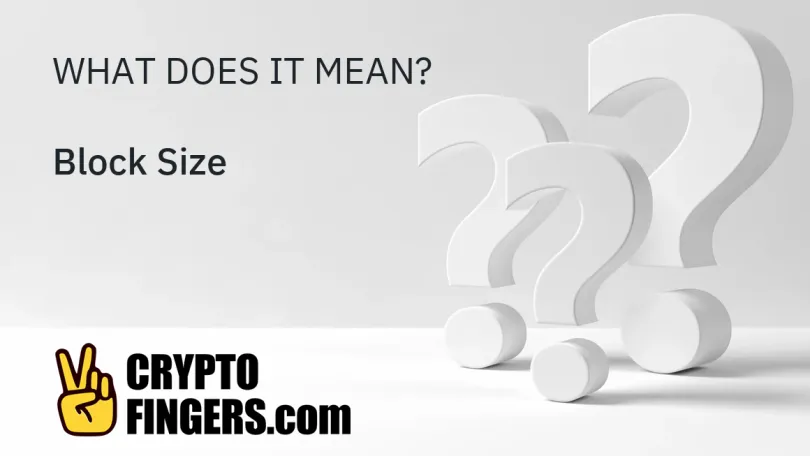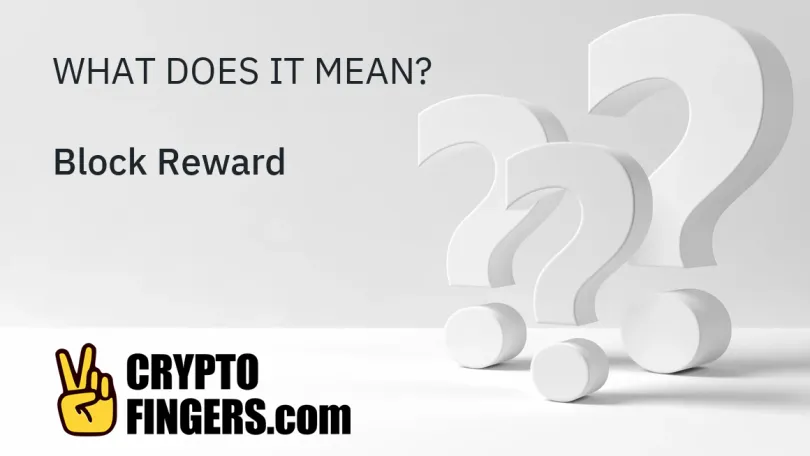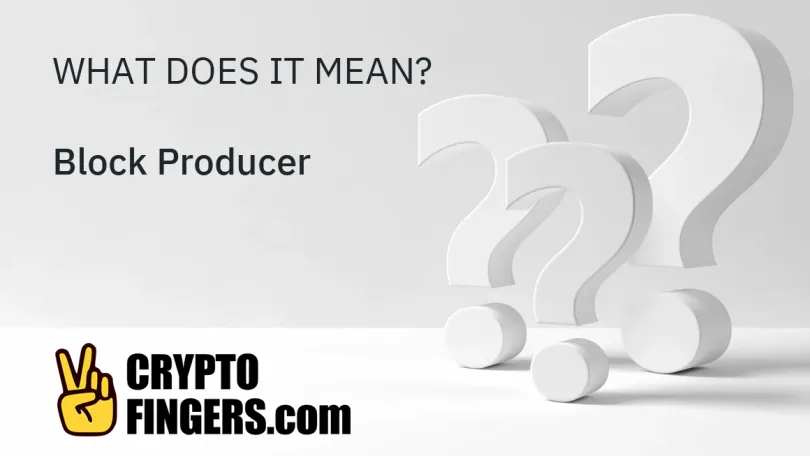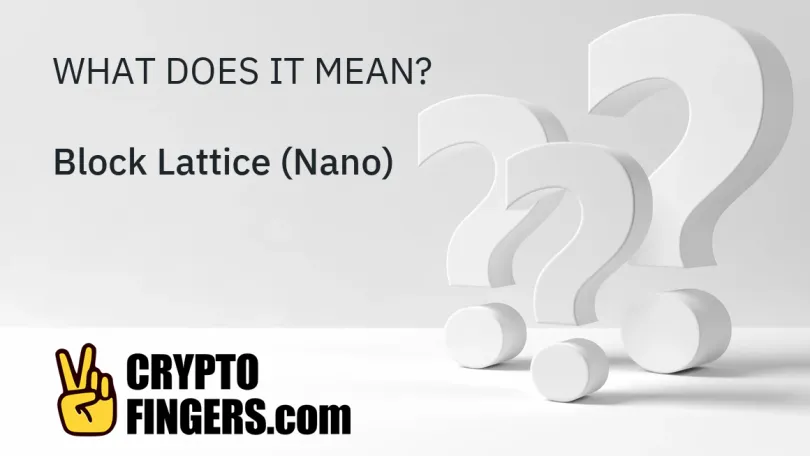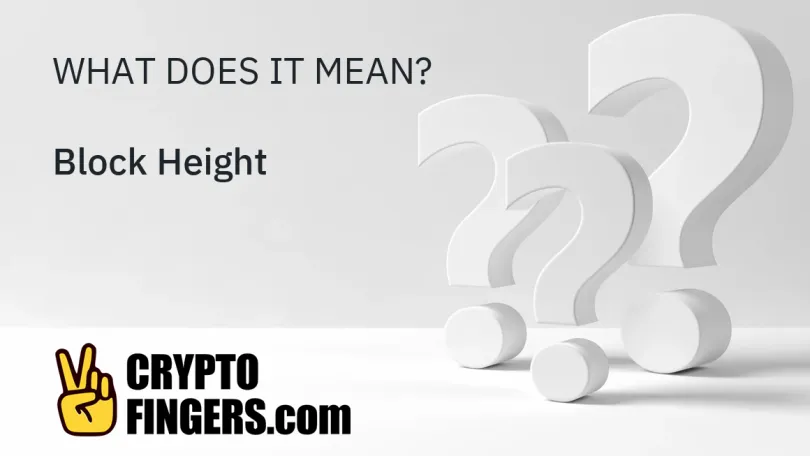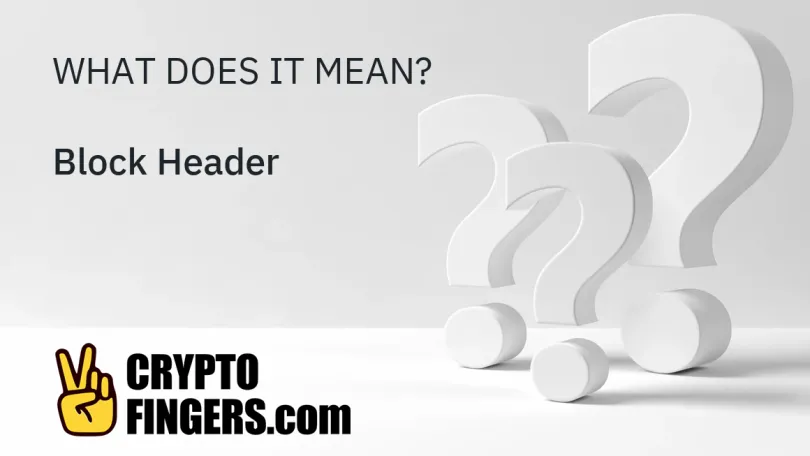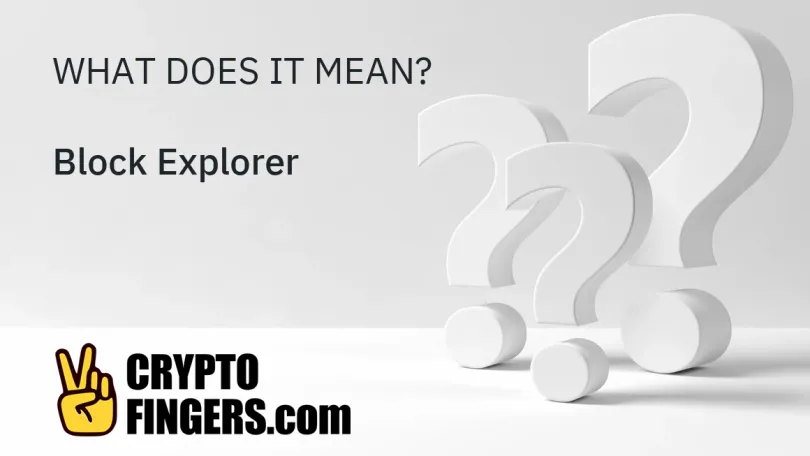⁝⁝⁝
Blockchain & Crypto Glossary
A block trade is a large purchase or sale of securities executed outside of an open marketplace. Because the size of the transactions are quite large, block trading is typically done..
Block time refers to the amount of time it takes for a new block to be added to a blockchain. In theory, each blockchain network defines its own expected block time, which can vary..
Block space refers to the amount of space available within a specific blockchain's block and is typically measured in megabytes (MBs). The amount of block space available depends..
Blockchain network protocols are made up of blocks of data that are processed in a perpetually updating chain-like structure — hence the term "blockchain." Each block stores transactions..
A block reward is the payment awarded for successfully validating a new block. Typically paid out in the native coin of a network at a fixed, but regressive rate, block rewards are often..
On most Proof-of-Stake (PoS) blockchains, a block producer is an individual or group whose hardware is chosen to validate a block's transactions and initiate the next block..
Block lattice is the Directed Acyclic Graph (DAG)-based data structure and consensus mechanism that the Nano protocol makes use of. Nano's block lattice structure allows individual accounts..
Block height is a measurement of the number of blocks that came before a particular block in a blockchain network. Every block possesses a unique block height value — essentially a number..
A block header is a mechanism that is used to identify individual blocks that have been created within a blockchain network, with each block having its own individualized header to help keep..
A block explorer is a software interface that enables users to access real-time blockchain information like transactions, blocks, addresses, nodes, and balances on a particular network..
⁝⁝⁝
Trending news
- Artificial Intelligence (AI)
- Altcoins
- Bitcoin
- DeFi
- Ethereum
- Economy
- Market and Events
- Metaverse
- Mining
- NFT
- Regulation
- Web3
- show less
⁝⁝⁝ Test your knowledge







